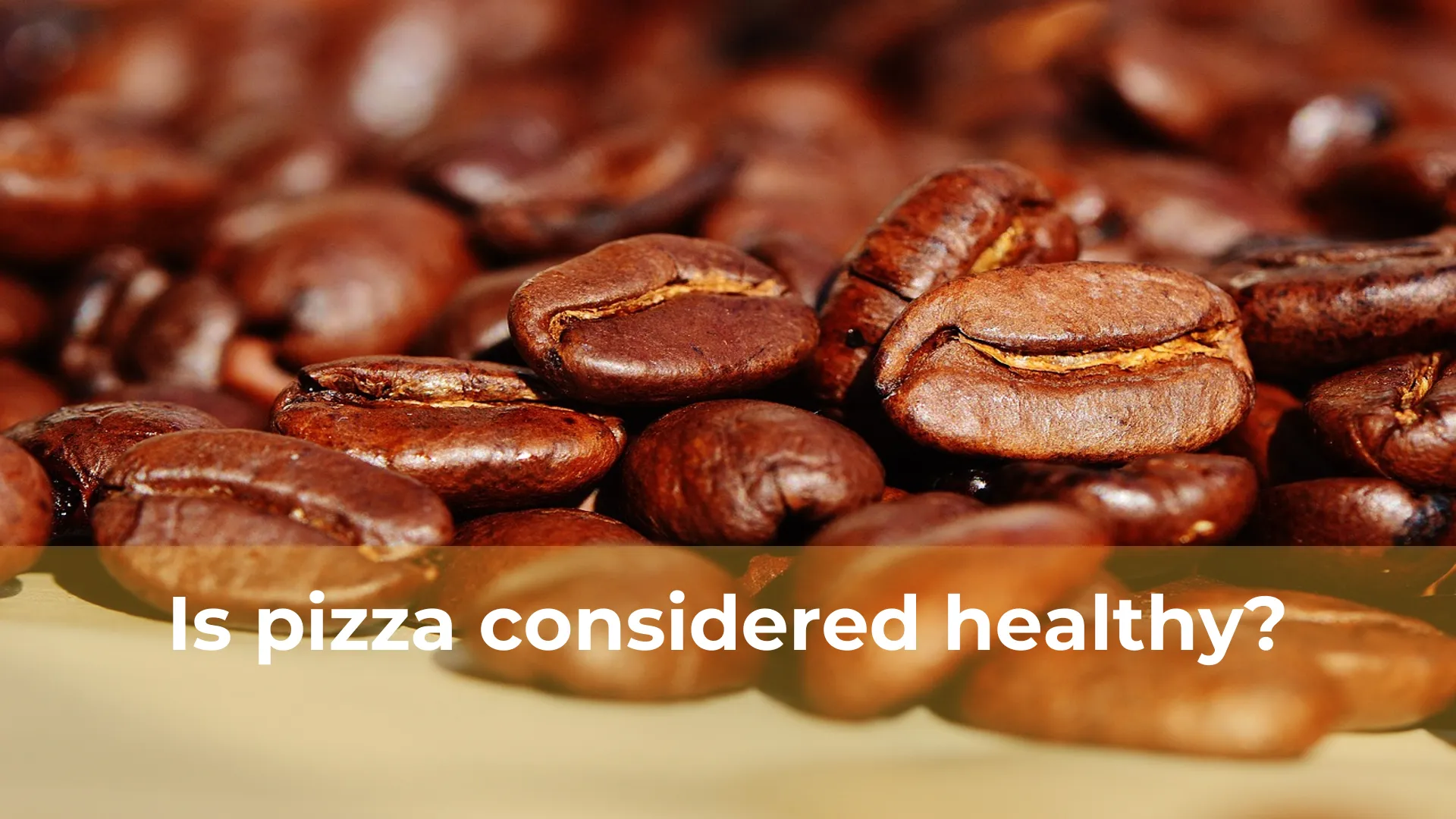Is pizza considered healthy?
Is pizza considered healthy?
Pizza is a beloved food that has become an international icon. It satisfies our cravings with its perfect blend of cheese, sauce, and toppings, but does it have a place in a healthy diet? The answer, surprisingly, is yes! While pizza is often associated with being greasy and high in calories, it can actually be a nutritious option when made with wholesome ingredients and consumed in moderation. With a variety of toppings available, including vegetables, lean protein, and even gluten-free crust options, pizza can provide essential nutrients and contribute to a well-balanced meal. However, it is important to be mindful of portion sizes and choose healthier options like whole wheat crust and low-fat cheese to keep the calorie and fat content in check. So, when enjoyed responsibly, pizza can indeed be part of a healthy eating plan.
1. The Nutritional Debate: Is Pizza Truly Healthy?
When it comes to the never-ending nutritional debate, few foods have sparked as much controversy as pizza. Some argue that pizza can be a healthy option, as it can be loaded with vegetables and protein-rich toppings. Others, however, claim that pizza is nothing more than a greasy, calorie-laden indulgence. So, is pizza truly healthy? The answer lies in the ingredients, preparation methods, and portion sizes.
On one hand, some pizza variations can offer a balanced mix of nutrients. For instance, a thin crust pizza topped with fresh tomatoes, spinach, mushrooms, and lean chicken can provide a good amount of vitamins, minerals, and protein. Additionally, using whole wheat crust or opting for a cauliflower crust can increase the fiber content and make the pizza a healthier choice. However, it is crucial to be mindful of the cheese, as it can be high in saturated fats and sodium. Portion control is also key, as eating multiple slices or indulging in extra cheese and processed meats can quickly turn a seemingly healthy meal into a calorie bomb.
2. Exploring the Health Benefits and Drawbacks of Pizza
Pizza is undeniably one of the most beloved and popular food choices worldwide. But beyond its delicious taste, have you ever wondered about the health benefits and drawbacks of this iconic dish? In this article, we will delve into the nutritional content of pizza, exploring the potential advantages it can offer as well as the potential pitfalls to be aware of. From its rich toppings to its doughy crust, we will uncover the truth about pizza’s impact on our health and well-being. So, whether you are a die-hard pizza lover or simply curious about the health implications of this indulgence, join us on this insightful journey as we examine the fascinating world of pizza and its effects on our bodies.
3. Unraveling the Myth: Can Pizza Fit into a Healthy Diet?
Pizza, beloved by millions around the world, has long been labeled as an indulgent and unhealthy food. However, recent studies and expert opinions have challenged this notion, raising the question: can pizza really fit into a healthy diet? Unraveling the myth surrounding this much-loved comfort food, we delve into the nutritional value of pizza and explore strategies to enjoy this treat in a balanced and nutritious way.
Contrary to popular belief, pizza can actually be a part of a healthy diet when consumed mindfully and in moderation. The key lies in choosing the right ingredients and portion sizes. While traditional pizza loaded with processed meats and excessive cheese may contribute to health issues like heart disease and obesity, opting for healthier variations can make all the difference.
Whole grain crusts, vegetable toppings, lean proteins, and reduced-fat cheeses can transform pizza into a nutritious meal that provides essential nutrients such as fiber, vitamins, and minerals. Additionally, incorporating a variety of colorful vegetables like bell peppers, spinach, and mushrooms not only enhances the taste but also boosts the nutritional value of your pizza. Pairing it with a side salad or a bowl of soup can further increase the overall nutrient content of the meal.

